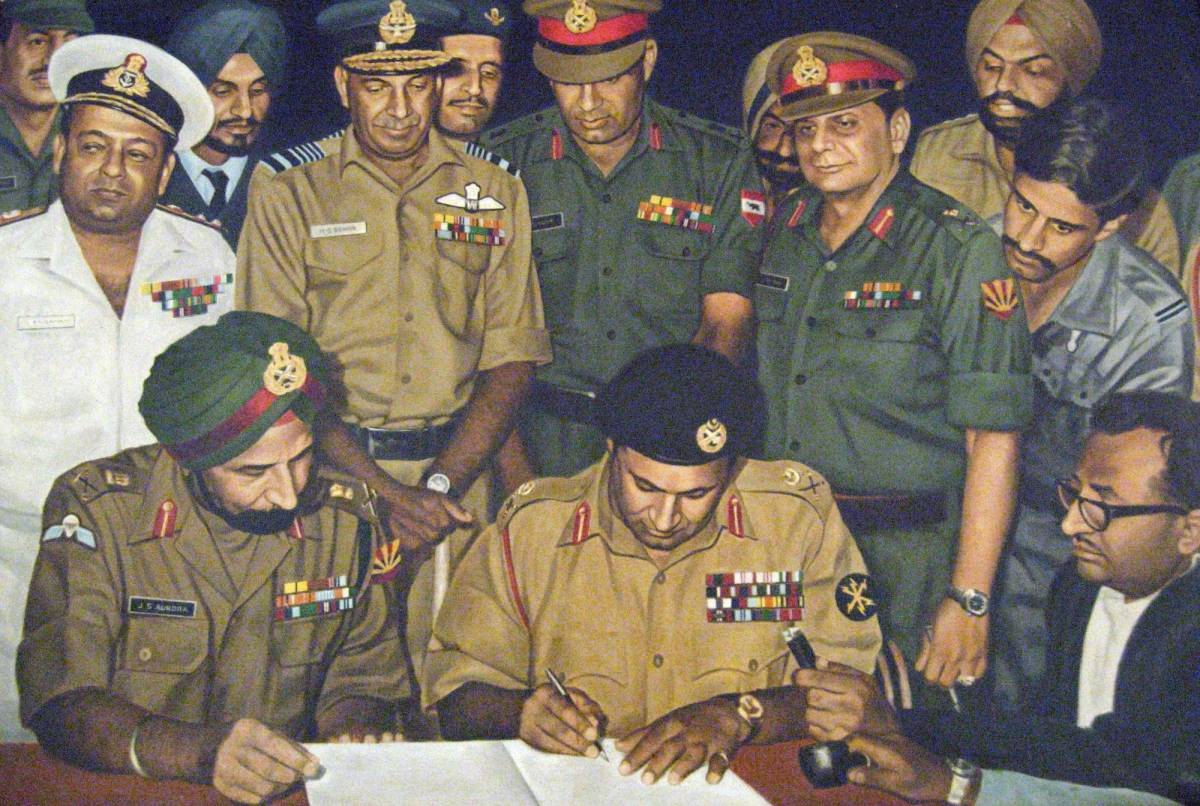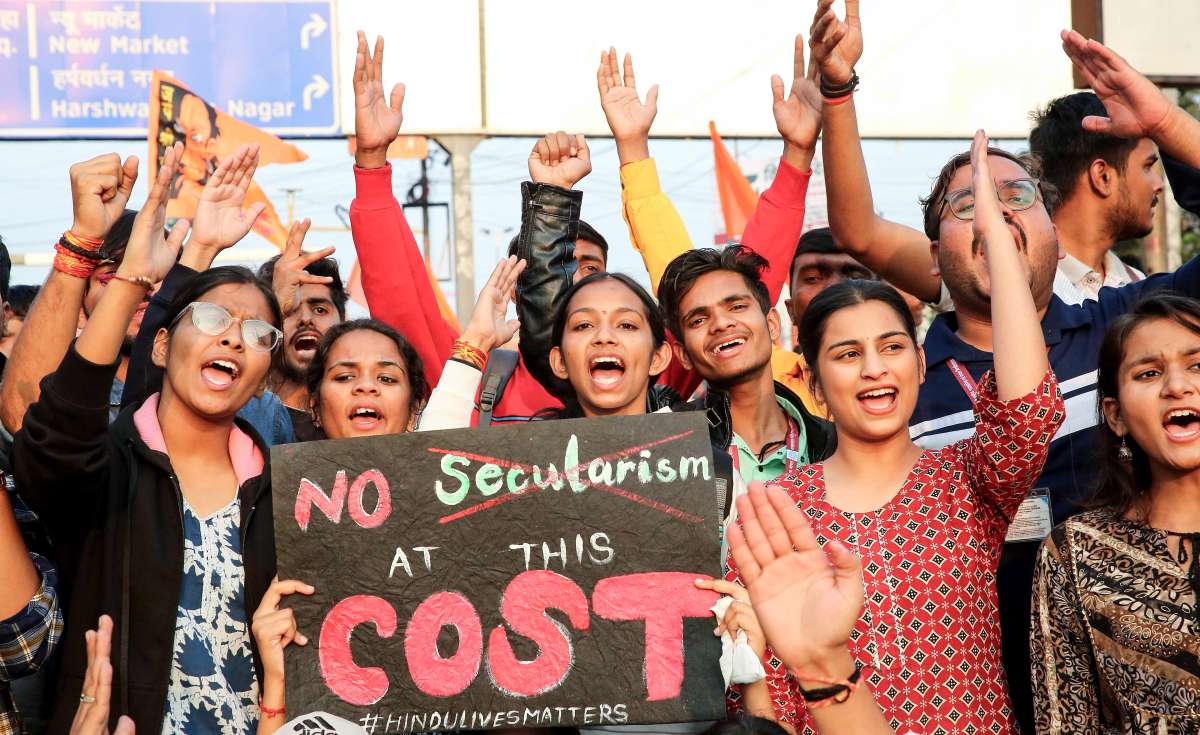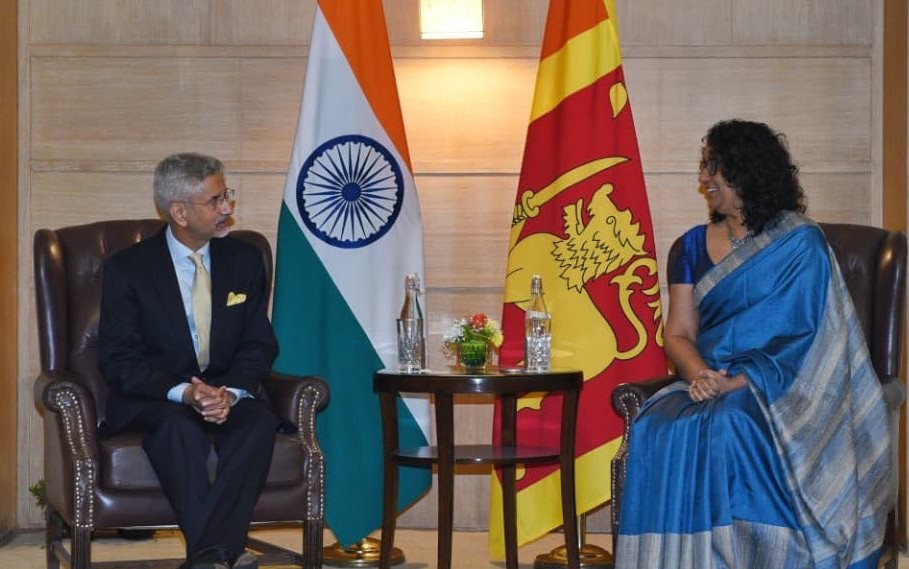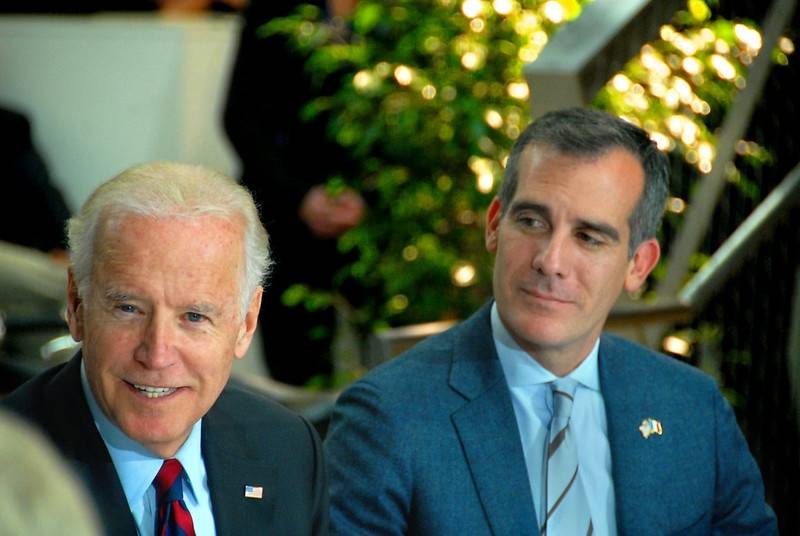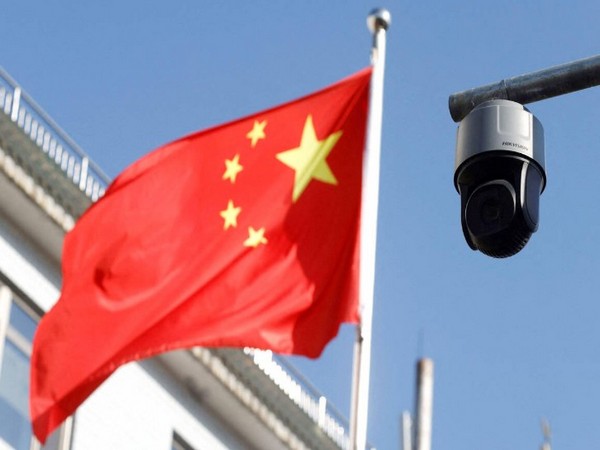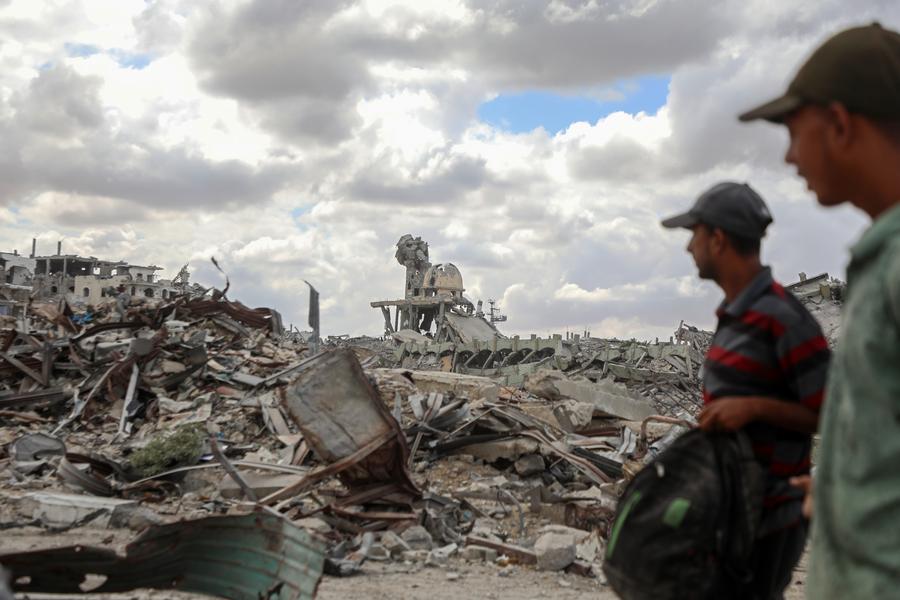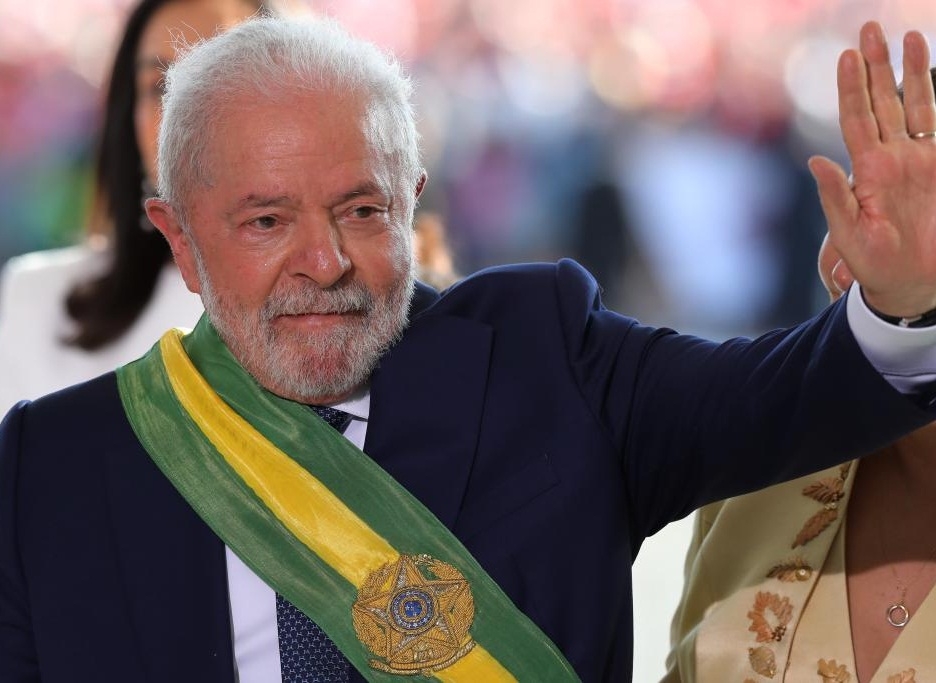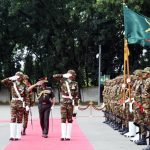The Bangladesh war was fought by every Indian soldier, airman and sailor with the unquestioning belief that God was on our side, regardless of which religion you followed. The genocide unleashed by the Pakistan army perhaps has few parallel in the history of the human race, writes Vishnu Makhijani
Some wars never get over, especially those where people build up a narrative that is based on half-truths to build up personalities.
Kargil in 1999 was a classic case, where it took more than a decade for the Armed Forces Tribunal (AFT) and other assorted courts to rule that 70 Infantry Brigade under Brigadier Devinder Singh were indeed the ‘real heroes’ of the fighting in Batalik. That one of the most noteworthy performances of the war should have been subject to the indignity of having to ‘prove’ its case in court, just because of petty politics, is a sad commentary on our system.
Since Independence, starting with the 1947-48 Ops in Jammu & Kashmir, there are instances of people who have stood up and been counted when the chips were down, who have then been ruthlessly pushed aside and in some cases even victimised.
Two notable personalities who between them saved Poonch from the Pakistan-sponsored lashkars — Brigadier Pritam Singh and Air Commodore Baba Mehar Singh — saw their professional careers come to an abrupt end based on charges that were not only never proved, but were followed up with great zeal by the very people who should have protected the two officers. Major General D. K. Palit, one of the early scholar-warriors, made no bones about the fact that General (later Field Marshal) K. M. Cariappa disliked Pritam Singh because of his rustic manner, and felt he did not have the requisite OLQ (Officer-like Quality) to wear a rank on his shoulders. The same scandal then impacted Mehar Singh, who put in his papers as well.
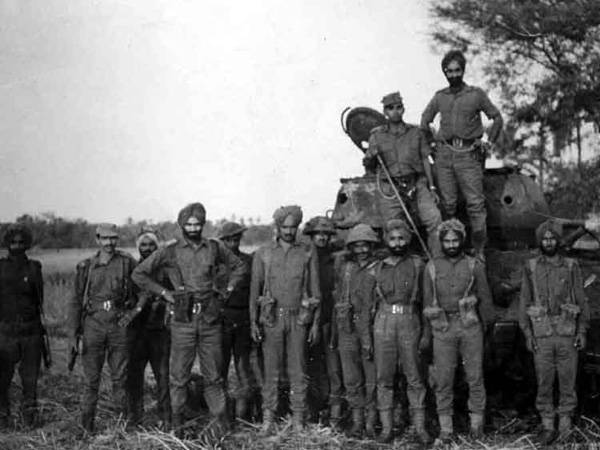
It would take four decades for P.V. Jagan Mohan and Samir Chopra to piece together the story of Flight Lieutenant Alfred Cooke, who while flying a Hawker Hunter, shot down two Pakistani F-86 Sabres over Kalaikunda, and would have got a third if his aircraft had not been loaded with faulty ammunition.
Though he was awarded a Vir Chakra, he too was hounded out of Service, and the Kalaikunda dog fight, perhaps the most spectacular performance by an IAF pilot in combat, was literally erased from even the institutional memory of the Indian Air Force. The Why’s and What’s of the incident are perhaps best left unsaid now, but the truth has a way of surfacing again and again.
In the case of the IAF, its actually more difficult to suppress the truth than in the case of the army where battles are fought, often in isolation, across a wide frontier over a sustained period of time. The most glaring example of honouring one and ignoring another was in the Battle of Chawinda, where Lieutenant Colonel Adi Tarapore was awarded a PVC when he was killed by a shell that landed near his tank at Dograndijust as he was coming down. The commanding officer of 8 Garhwal Rifles, Lieutenant Colonel Jerry E Jhirad, was killed in similar circumstances while in an unprotected vehicle he was going up and down coordinating, ironically with Tarapore. Jhirad was Mentioned-in-Despatches! It is strange no one had ever raised this on any forum in the five decades that have since passed.
It would take four decades for P.V. Jagan Mohan and Samir Chopra to piece together the story of Flight Lieutenant Alfred Cooke, who while flying a Hawker Hunter, shot down two Pakistani F-86 Sabres over Kalaikunda, and would have got a third if his aircraft had not been loaded with faulty ammunition.
One can shrug off these things and lay the blame for subsequent ‘injustices’ on the fog of war, but then a lot of these things have a way of coming back and impacting the lives of others who very often are not even aware of the underlying dynamics at play. As India celebrates the Golden Jubilee of the 1971 Bangladesh War of Liberation, the story of one battalion needs telling which like the afore mentioned cases, never got its due. The story needs to be told, especially since one of the main villains in the case, is now being projected as a shining hero.
The Bangladesh war was fought by every Indian soldier, airman and sailor with the unquestioning belief that God was on our side, regardless of which religion you followed. The genocide unleashed by the Pakistan army and the paramilitary ‘razakars’ perhaps has few parallel in the history of the human race. Three million Bengalis were butchered — women were raped and had their breasts cut off while men were mutilated and their privates stuffed in their mouths — while another 10 million escaped into India. The Indian intervention, when it finally came in December 1971, was swift and lethal. In two weeks, the Indian Armed Forces along with the ‘Mukti Yodhas’, had delivered not just to India, but to the world, swift retribution that resulted in 93,000 Pakistani soldiers becoming POWs and East Pakistan becoming Bangladesh.
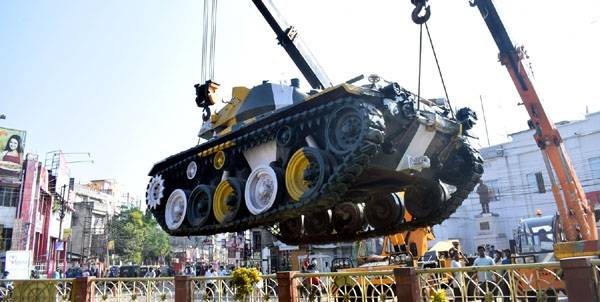
This was in many ways, India’s finest hour — but it was tainted by three individuals, who were all senior officers. Two of them are not relevant to our immediate narrative, but the name of Brigadier R.N. Mishra, the commander of 311 Brigade, needs to be remembered. For herein lies a story that needs to be told, and not swept under the carpet, which we time and again are wont to do.
Even though there had been some half-hearted contingency plans drawn up for the occupation of Dacca, the city was never the objective in either General (later Field Marshal) Sam Manekshaw or Lieutenant General Jagjit Singh Arora’s war plans.
While formations attacking from the west (2 Corps) and the north (33 Corps and 101 Communication Zone) were to tie down the Pakistani defenders, Lieutenant General Sagat Singh’s 4 Corp was to capture as much territory as it could on the east bank of the Meghna River. An integral part of Lt Gen Sagat Singh’s command was 57 Mountain Division that was being commanded by Major General Ben Gonsalves. The key brigade group that was to lead the main thrust by first capturing Akhaura and then Ashuganj was 311 Brigade, which comprised of 18 Rajput, 10 Bihar and 4 Guards (formerly 1 Rajput).
Fate sometimes deals a strange hand. Brig Mishra, then a Lieutenant Colonel, had been commanding 9 Punjab in 1962 and the battalion was a key element of Brigadier John Dalvi’s ill-fated 7 Brigade that had been deployed on the Namka Chu in the Tawang district of NEFA (North East Frontier Agency, now Arunachal Pradesh) on October 20, 1962. When the Chinese attack had developed against the positions held by 2 Rajput on his left (resulting in 282 men being killed and the rest wounded and taken prisoner), Lt Col Mishra had quietly, along with the commanding officer of the battalion on his right, upped and fled. Subsequent evidence suggests the move was pre-planned the previous night when it became obvious the PLA were building up to launch an attack.
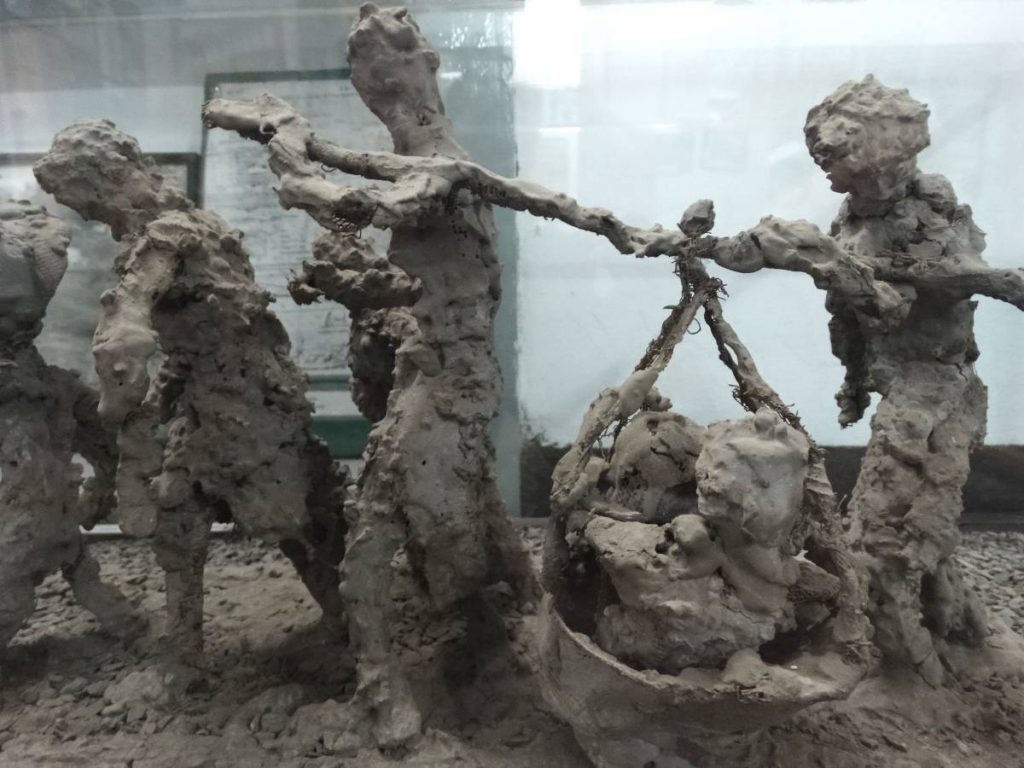
Not only did Lt Col Mishra flee, he also abandoned his own men, many of whom froze to death waiting in vain for their ‘CO Saab’ to come and take them home. In the post debacle scenario, the Defence Minister, Yashwantrao Balwantrao Chavan, in an attempt to protect Prime Minister Jawaharlal Nehru, decreed that no one would be held responsible and even the Henderson Brooks-Bhagat report was put away in a manner that even the keys of time have proved ineffective in opening it. Lt Col Mishra survived… and again in 1965, fate smiled on him, for as the commanding officer of 9 Punjab in the Chhamb-Jaurian sector, he was awarded a VrC despite his unit having a limited role in holding the heights above.
In 1971, Brig Mishra knew that the Commanding Officer of 18 Rajput, Lieutenant Colonel (later Major General) Ashok Kalyan Verma, was aware of the events nine years previous. The Rajputs were then asked to lead the assault on Akhaura on December 5 supported by 10 Bihar, commanded by Lieutenant Colonel P.C. Sawhney, for, as per all appreciations, heavy casualties were expected. Both battalions performed exceptionally well and took the objective with hardly any casualties. In fact, both the Rajputs and Biharis were subsequently accorded the Battle Honour ‘Akhaura’.
Four days later, the same two battalions, in the same order, were sent forth to capture Ashuganj that was on the eastern side of the Meghna River, linked to Brahmanbaria on the other bank by a railway-cum- road bridge. 18 Rajput were told by Brig Mishra that there were only a handful of Pakistanis on the east bank, whereas he knew all along it was held by at least a brigade plus defenders.
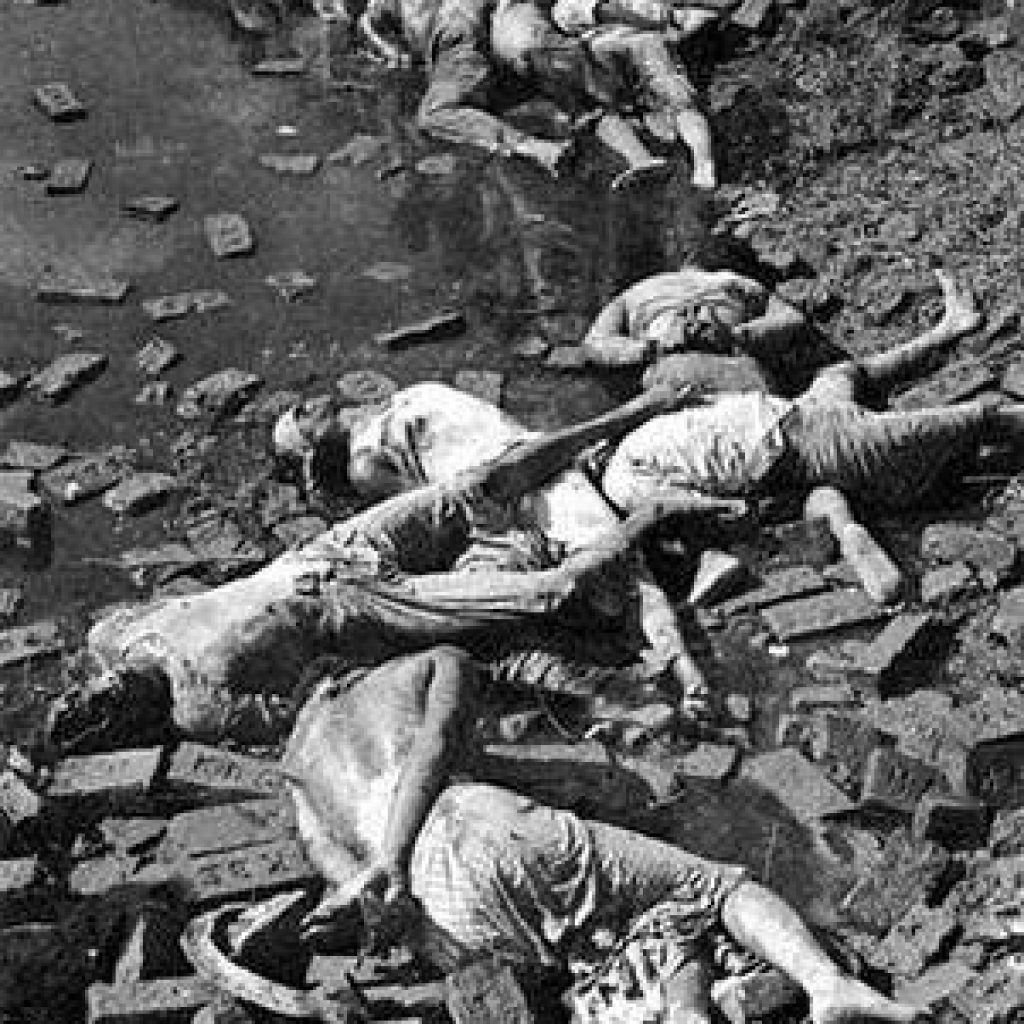
There is not enough space to get into what happened at Ashuganj, but these two units once again, supported by 2nd Lieutenant Rajender Mohan’s troop of PT-76 tanks, despite taking heavy casualties, held the ground along the railway embankment, forcing the Pakistanis to not only withdraw across the river, but blow the bridge in the process. Bangladesh officers from 3 East Bengal Rifles, who saw the epic battle, were unanimous in the belief that it was the 18 Rajput action at Ashuganj that created the opening that was then grabbed by Lt Gen Sagat Singh, who was watching the firefight below from a helicopter. This then would result in the famous heli-lift by the IAF’s Mi-4 helicopters who then ferried 4 Guards to Narsingdi and the race to Dacca was then on.
18 Rajput’s Major T.L. Sharma, who rushed the bridge but was felled by a Pakistani burst of MMG fire, was recommended for a PVC, but Brig Mishra reduced the citation to a VrC. However, the old saying that a leopard never changes its spots, soon came to the fore.
Pakistani troops, not just content with raping and murdering the women they could get hold off, had collected all their ornaments and converted them into gold ingots. Shortly after the fall of Dacca, Brig Mishra’s vehicle, along with a hired taxi heading for the Indian border, was intercepted by the military police, who found golf bags stuffed with the captured ‘booty’.
No wonder then, for those who know what happened with 311 Brigade, were last week startled to see Brigadier R.N. Mishra being hailed as a conquering hero by some officers. Blowing their own trumpets while downplaying those who followed the drum, they are trying to colour the narrative for reasons of their own. It’s perhaps time for some military historians to step up to the plate and set this one record straight!


